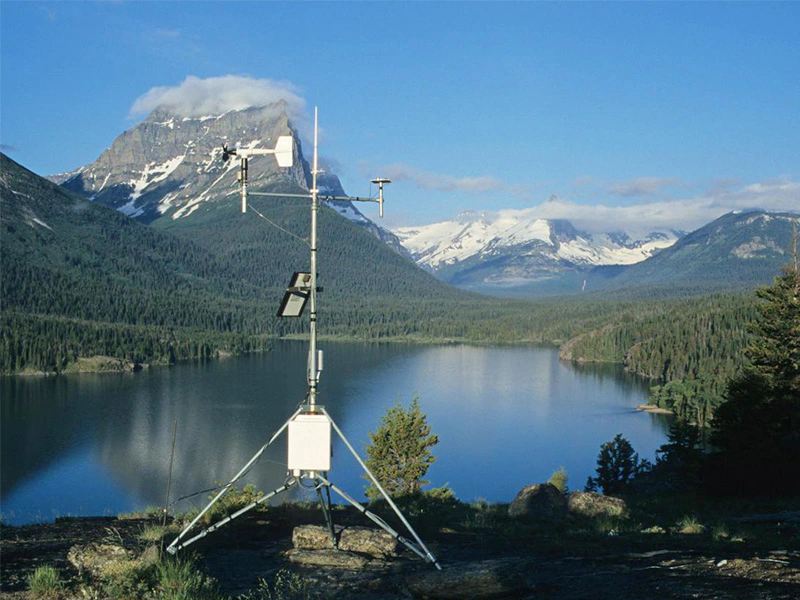
# What is a Meteorological Station?
A meteorological station, often referred to as a weather station, is a facility equipped with instruments and tools designed to measure and record atmospheric conditions. These stations play a crucial role in weather forecasting, climate research, and environmental monitoring.
## The Purpose of Meteorological Stations
Meteorological stations serve several important purposes:
– Collecting real-time weather data
– Monitoring climate changes
– Providing data for weather forecasts
– Supporting agricultural planning
– Assisting in aviation and maritime operations
## Key Components of a Meteorological Station
A standard meteorological station typically includes the following instruments:
### 1. Thermometer
Measures air temperature, usually placed in a ventilated shelter to avoid direct sunlight.
### 2. Barometer
Records atmospheric pressure, which helps in predicting weather changes.
### 3. Hygrometer
Measures humidity levels in the air.
### 4. Anemometer
Determines wind speed and sometimes wind direction.
### 5. Rain Gauge
Collects and measures precipitation amounts.
### 6. Pyranometer
Measures solar radiation.
## Types of Meteorological Stations
Meteorological stations come in various forms:
### Automatic Weather Stations (AWS)
These are unmanned stations that automatically collect and transmit data.
### Synoptic Stations
These provide comprehensive weather observations at standard times.
### Agricultural Weather Stations
Specialized stations focusing on parameters important for farming.
### Aviation Weather Stations
Located at airports to provide critical data for flight operations.
## Data Collection and Transmission
Modern meteorological stations often use advanced technology for data handling:
– Automated sensors for continuous monitoring
– Wireless data transmission systems
– Integration with satellite networks
– Connection to centralized weather databases
## Importance of Meteorological Stations
The data collected from these stations is vital for:
– Early warning systems for severe weather
– Climate change research
– Water resource management
– Urban planning and infrastructure development
– Renewable energy projects
## Conclusion
Meteorological stations form the backbone of our weather observation network. From simple manual stations to sophisticated automated systems, these facilities provide the essential data that helps us understand and predict weather patterns, ultimately contributing to safer communities and better-informed decision-making across various sectors.
Keyword: what is meteorological station